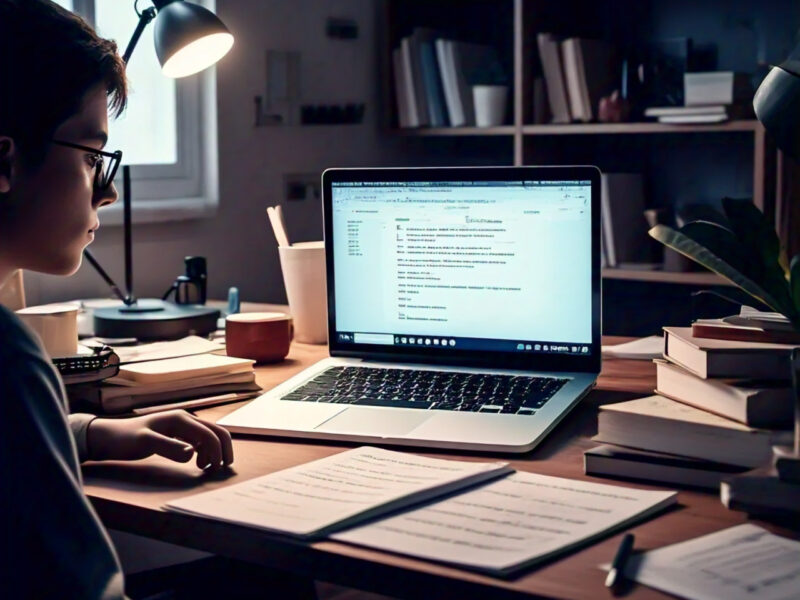The issue of access to ICTs by people with special needs can be included within the discussion of digital inclusion. The technologies of Information and communication offer for this social follow-up a possibility of developing the limitations imposed by its physiological condition. One of the greatest names in educational theory emphasizes the importance of action, language, and interactive processes in building higher mental structures. Access to 508 Compliance resources offered by society, school, technologies, etc., decisively influence the processes of learning of the person. see this documentary about the importance this software is bringing to the deaf in schools:
However, the limitations of the individual with a disability tend to become a barrier to this learning. Developing accessibility resources would be a concrete way of neutralizing the barriers caused by disability and inserting that individual into the rich learning environments provided by the new culture in which society is embedded.
Through the development of accessibility resources, ICT tools open up a possibility to combat prejudice, imposed by limitations, offering an opportunity for conditions to interact and learn, explaining more easily and being treated as a “different-equal” … Or is “different” because of its status as disabled, but at the same time “equal” by interacting, relating and competing in its environment with more powerful resources, provided by the accessibility adaptations that it has. Watch this video on technologies for the disabled:
Tics can serve as an instrument of social equity, minimizing differences and creating possibilities of participation in social life, because in this way individuals can then take greater steps toward eliminating discrimination, as a consequence of the respect gained from living together, increasing your self-esteem, provided by the power resource, to better explain your potential and your thoughts.
Some examples of technology solutions – Softwares – for People with Disabilities
Screen Readers
1) NOSVOX – Free and open program system: Webvox browser
NOSVOX is a system for PC microcomputers that communicates with the user through voice synthesis, thus enabling the use of computers by the visually impaired, thus acquiring a high degree of independence in study and work.
2) Jaws for Windows – Commercial software with DEMO version
JAWS for Windows happen to be an authoritative accessibility resolution that uses to read information on the screen making use of combined speech. JAWS offers various kinds of useful commands which make it simple to make use of programs, such as editing documents and reading Web pages. JAWS Braille can also be an output rather than speech.
3) NVDA – Open and free software for Windows platform
NVDA (Non-Visual Desktop Access) is free, open source software where anyone who understands the subject can contribute to its improvement.
4) Window-Eyes – Commercial Software for Windows
With the Window-Eye the user has control of what he hears and how he hears.
5) Orca – free and open source software – Ubuntu Linux distribution
The ORCA provides autonomy for the visually impaired user to work in the micro, performing tasks from the most basic, as well as the most advanced, such as surf the internet, listen to online radio, edit audio, receive, read and send emails, open, read and edit documents and spreadsheets, work with database, create web pages, use messenger (MSN, Yahoo, ICQ, AIM, Google talk, Jabber), read PDF files, listen to the most varied audio formats, watch movies in the computer, access remote servers via Telnet or SSH, access FTP servers, work with database and even SQL, etc.
6) Virtual Vision
The application makes it possible to read the computer screen so that the user knows what he is producing and accessing. Virtual Vision “scans” programs for 508 Compliance information that can be read to the user, allowing navigation through menus, screens and texts present in almost any application.



